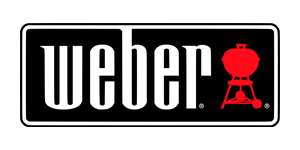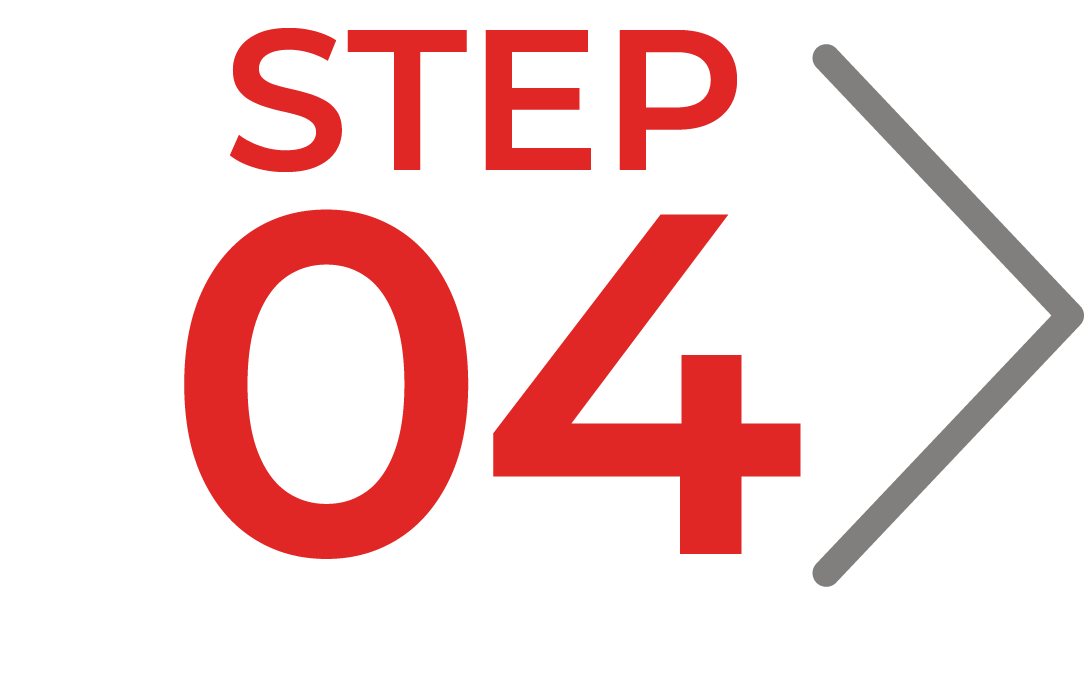Human Resource Services: Organizational Improvement Initiative
HUMAN RESOURCE SERVICES:
ORGANIZATIONAL IMPROVEMENT Initiative
HUMAN RESOURCE SERVICES: ORGANIZATIONAL IMPROVEMENT INITIATIVE
APPROACH
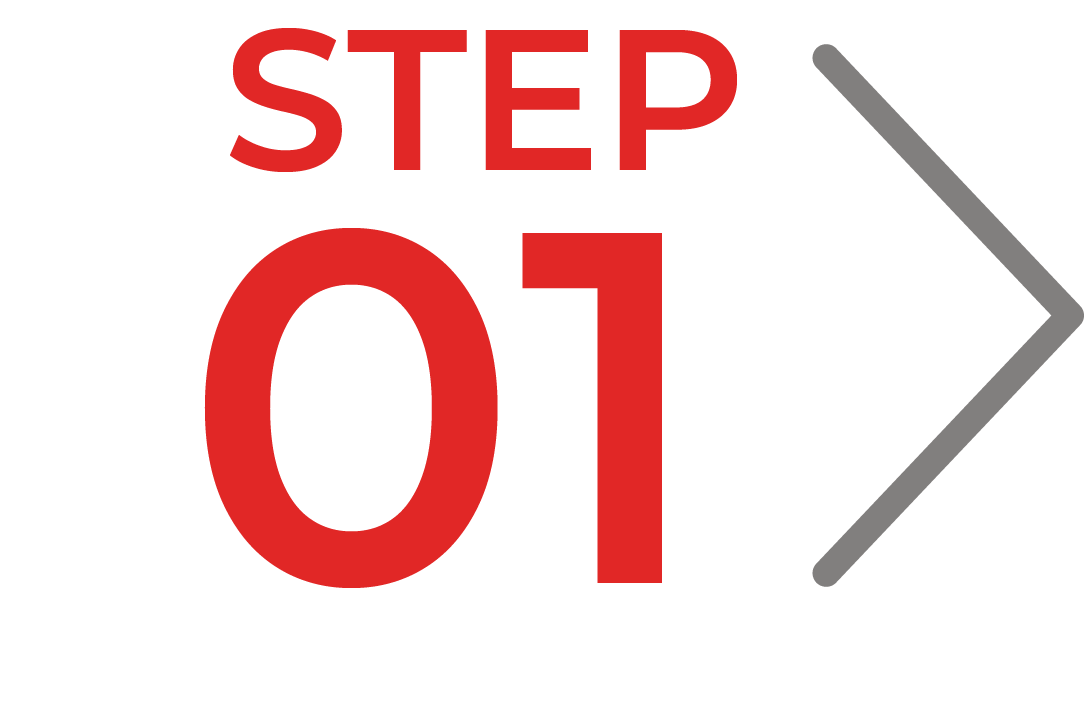
ORGANIZATIONAL ASSESSMENT
-
- 360° assessment of factors impacting performance
- Diagnostic individual & team structured interviews, which found:
- Lack of trust
- Hoarding of information
- Lack of shared goals
- Unacceptable individual & group meeting behavior
- Conflicting perception of goals
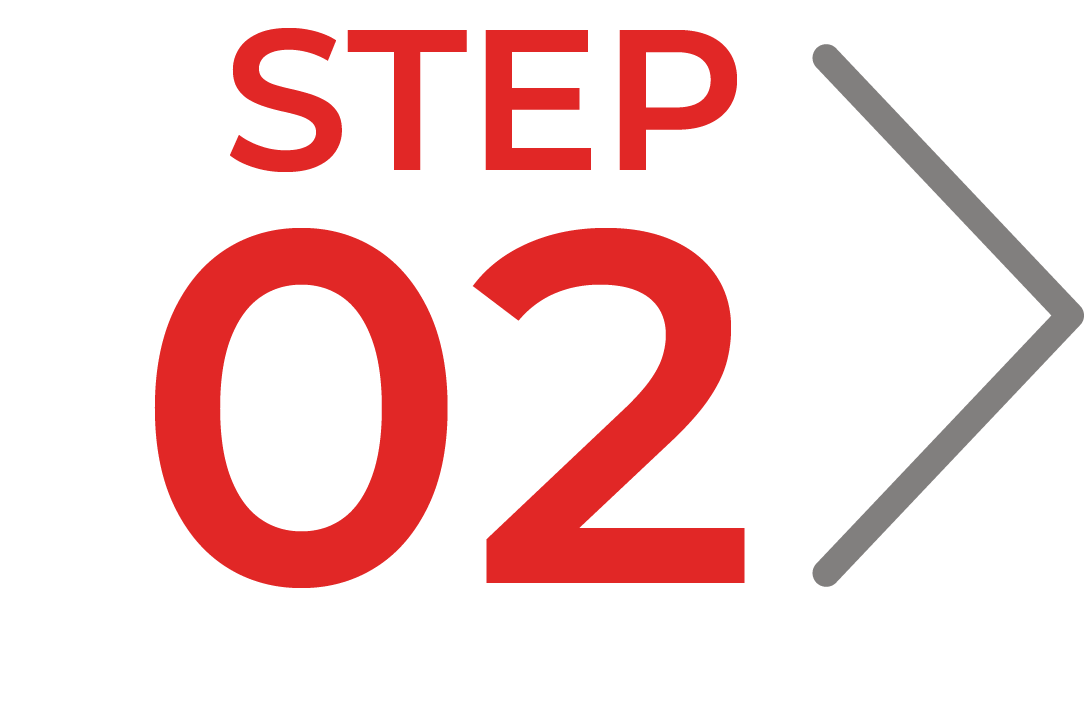
ORGANIZATIONAL DEVELOPMENT
-
- Group behavior improvement
- Individual behavior improvement
- Interdependence
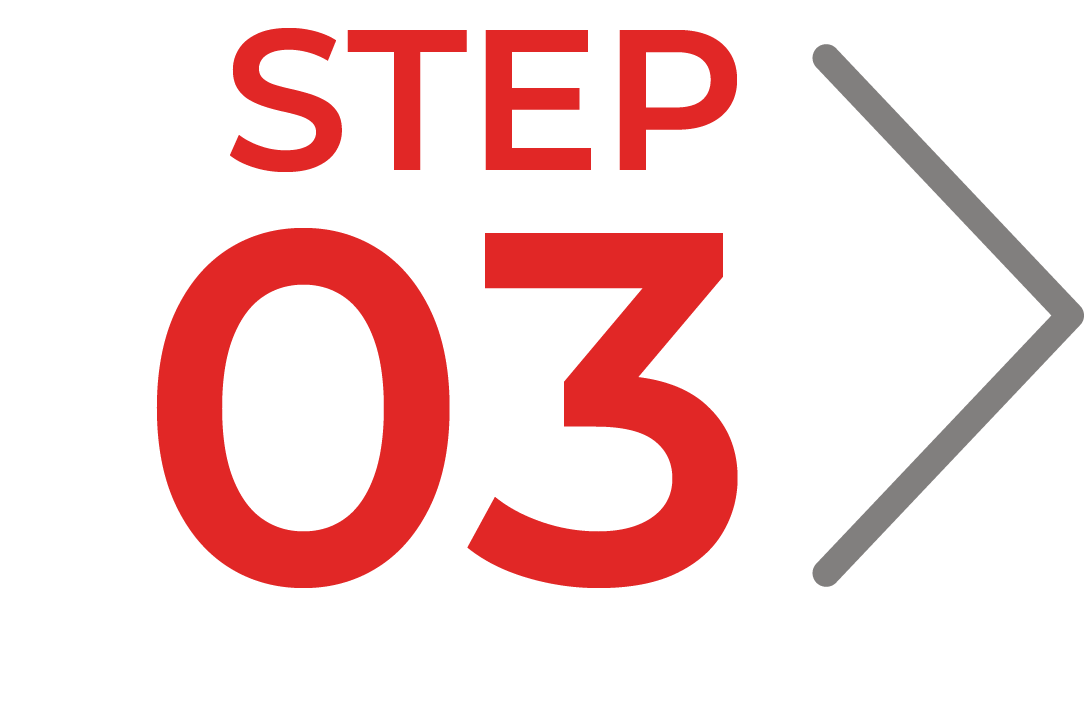
ORGANIZATIONAL DESIGN
-
- Revised organization structure & reporting processes
- Development & implementation of a new internal communications plan
HUMAN RESOURCE SERVICES: ORGANIZATIONAL IMPROVEMENT INITIATIVE
RESULTS
-
- Follow-up surveys (individuals & group) reported significant improvement:
- Cooperation
- Information sharing
- General trust
- Dramatic improvement of key performance indicators (6 months later):
- Time to market rate improved by 50%
- Unwanted staff turnover was decreased by 15%
- SG&A costs were reduced by 21% on an annualized basis
- 18% reduction of inventory costs
- Sales costs were reduced 14% due to improved expense controls
- Follow-up surveys (individuals & group) reported significant improvement:
Timely Topics To Drive Growth.
Sign up for our webinars.
Sign Up
OUR CLIENTS
accessdata
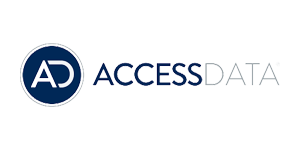
Adler Pelzer Group
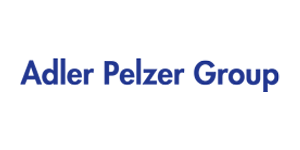
Accuride
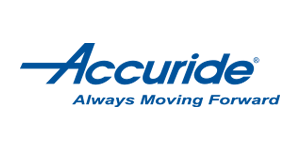
aseptia
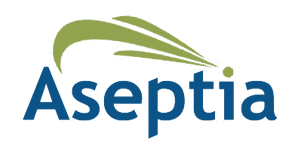
alliance

amercable
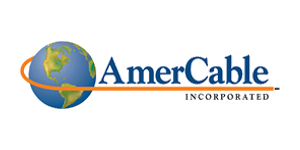
americhem
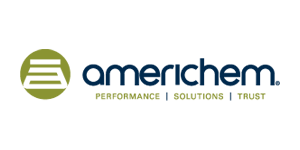
anisa

calient
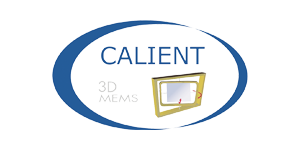
corning

chemco

climate-master
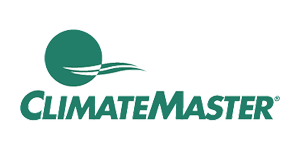
curtiss-wright
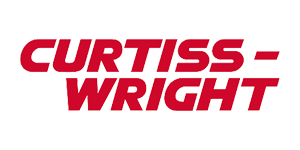
federal-signal
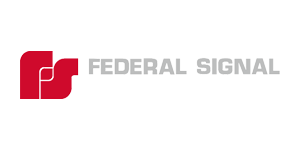
greenheck

flexco
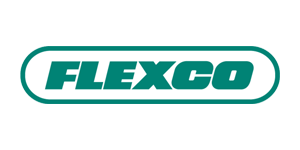
gore

hilite
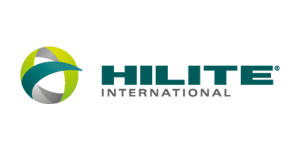
HJ-Baker
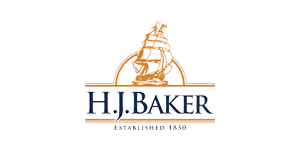
Icee

mascoat
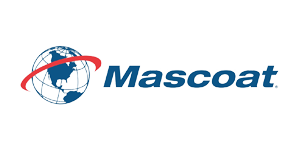
merichem
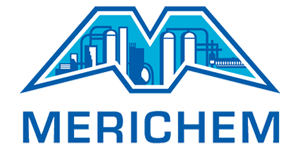
micromeritics
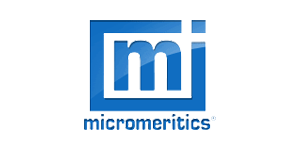
nanotex
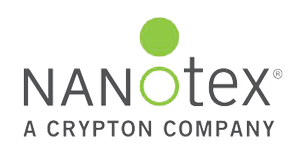
oerlikon
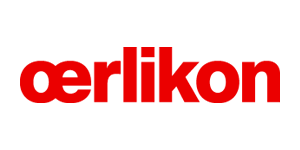
plasticolors
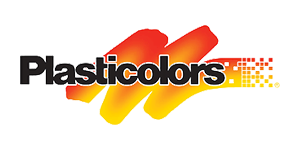
rudolf-group
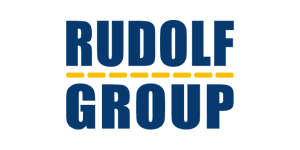
silfex
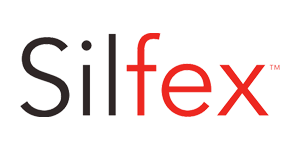
sweco
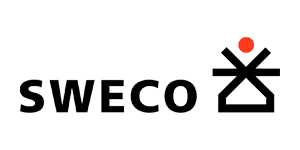
tile-shop
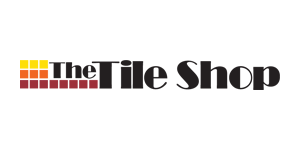
tedia
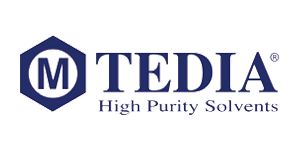
titeflex
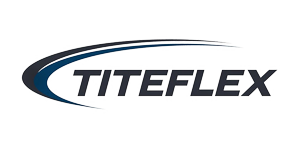
weber
